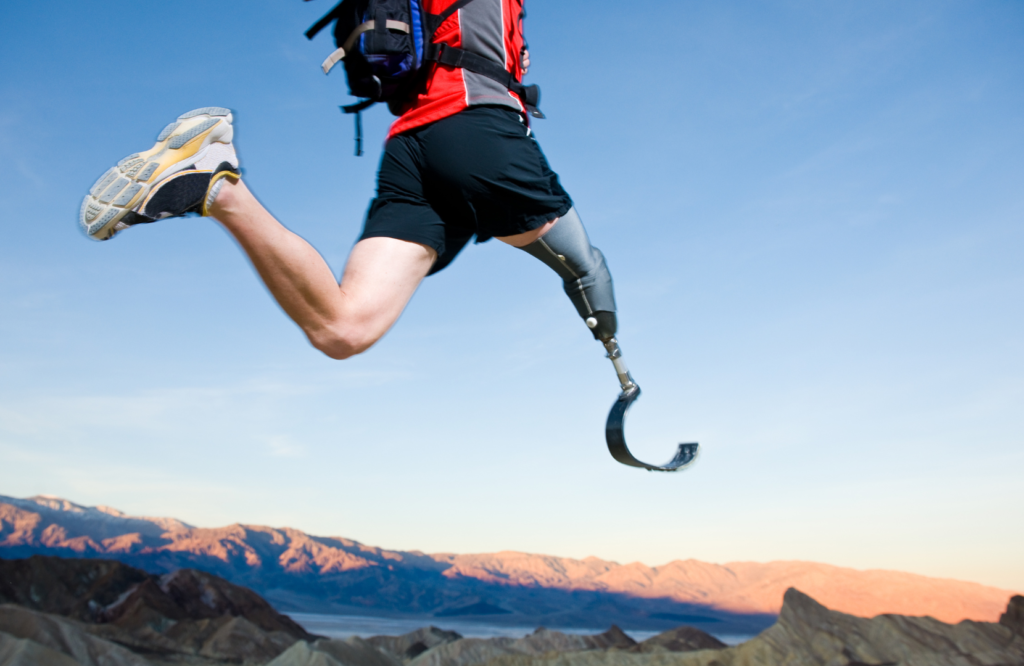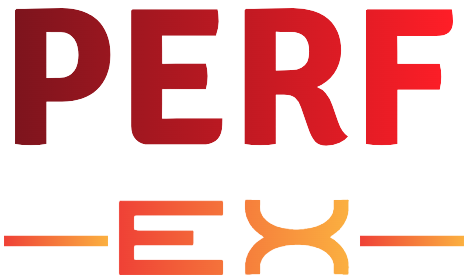
In the ever-evolving world of sports, technology has emerged as a game-changer, profoundly influencing strategies and pushing the boundaries of athletic performance. From data analytics to wearable devices, the integration of technology has reshaped how athletes and teams approach their respective sports. In this blog, we will explore the profound impact of technology on modern sports strategies and performance.
Data Analytics and Performance Analysis:
Data analytics has become a cornerstone of modern sports. Teams and athletes now have access to a wealth of data, from player statistics to game performance metrics. This data-driven approach allows for:
- In-depth Performance Analysis: Coaches and analysts can dissect every aspect of a game, from player movements to shot trajectories. This analysis provides valuable insights for refining strategies and making informed decisions.
- Opponent Scouting: Teams use data analytics to study their opponents’ strengths and weaknesses, enabling them to develop tailored game plans and counter-strategies.
Wearable Technology:
Wearable devices have become ubiquitous in sports, offering real-time data collection and analysis. Athletes wear devices like GPS trackers, heart rate monitors, and accelerometers, providing benefits such as:
- Performance Monitoring: Athletes can monitor their physical condition and workload during training and games. This data helps in optimizing training routines and preventing injuries.
- Biomechanical Insights: Wearable technology provides insights into an athlete’s biomechanics, allowing for the refinement of techniques and movements.
Video Analysis:
Video analysis has become a staple in sports coaching and training:
- Immediate Feedback: Coaches and athletes can review game footage immediately, identifying areas for improvement and making necessary adjustments on the spot.
- Tactical Insights: Video analysis helps teams break down opponent strategies, leading to more effective game plans and defensive strategies.
Virtual Reality (VR) and Augmented Reality (AR):
VR and AR technologies offer immersive training experiences:
- Game Scenario Simulation: Athletes can simulate realistic game scenarios, enhancing decision-making skills and situational awareness.
Biomechanics and Performance Optimization:
Biomechanical analysis has become instrumental in improving athletic performance:
- Technique Refinement: Athletes use biomechanical data to refine their movements, from perfecting a golf swing to optimizing running techniques.
Sports Medicine and Injury Prevention:
Technology plays a crucial role in sports medicine and injury prevention:
- Early Detection: Advanced imaging techniques like MRI and CT scans provide detailed insights into injuries, enabling swift diagnosis and treatment.
- Rehabilitation Technologies: Cutting-edge rehabilitation technologies expedite the recovery process, allowing athletes to return to action sooner.
Communication and Collaboration:
Modern technology facilitates communication and collaboration:
- Real-Time Communication: Teams can communicate and collaborate in real time, regardless of their physical locations. This is particularly valuable for international teams and remote coaching.
Fan Engagement:
Technology enhances the fan experience:
- Enhanced Viewing: High-definition broadcasts, interactive apps, and virtual stadium tours provide fans with immersive experiences.
E-Sports and Digital Athletes:
The rise of e-sports has created a new realm where technology reigns supreme:
- Training and Performance: E-sports athletes rely on technology for training and performance analysis, with data analytics and simulation playing a pivotal role.
Future Possibilities:
As technology continues to advance, the future of sports holds exciting possibilities:
- AI and Machine Learning: AI-powered algorithms can predict game outcomes, optimize strategies, and offer personalized coaching insights.
- Genomic Analysis: Genetic testing may provide insights into an athlete’s genetic predispositions and nutritional needs, leading to personalized training programs.
- Robotics: Exoskeletons and robotic training partners could aid in strength and skill development, pushing the boundaries of physical capabilities.
In conclusion, technology has left an indelible mark on modern sports, reshaping strategies and elevating performance to unprecedented levels. As technology continues to evolve, athletes and teams will have new tools and opportunities to excel in their respective sports, pushing the limits of human achievement.








